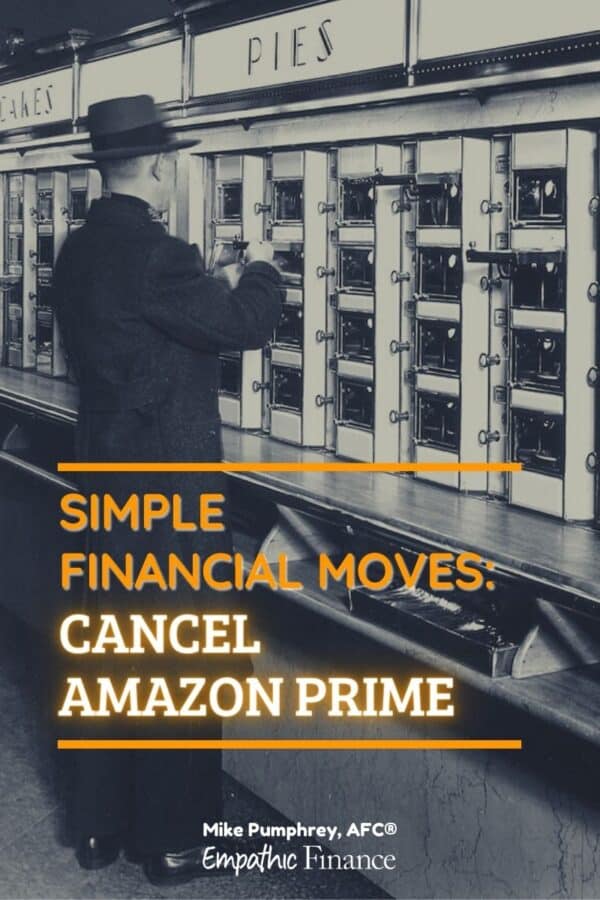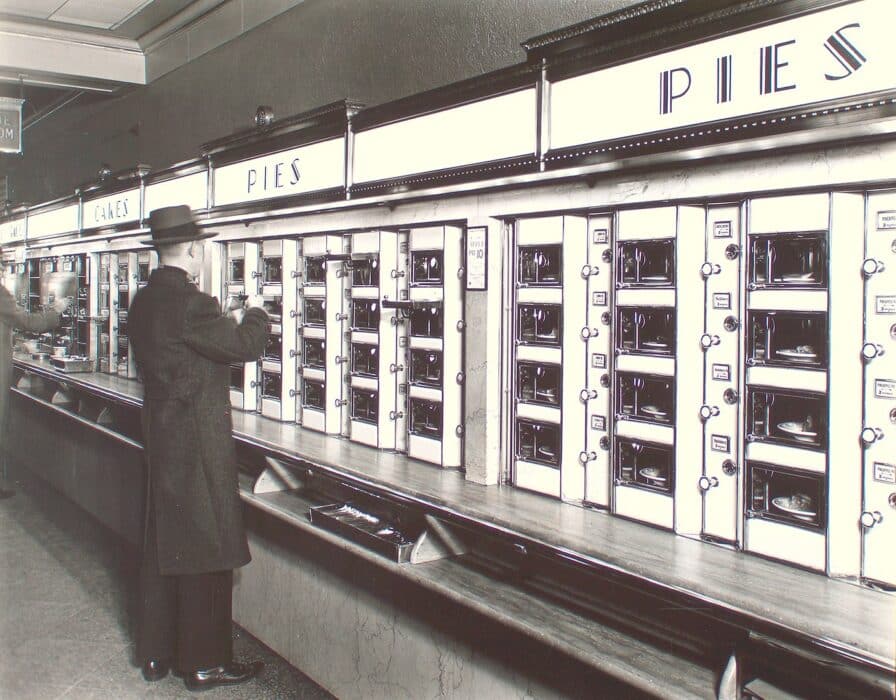Cancelling Amazon Prime is one simple way of taking back control of your finances from a company that entices you to spend without thinking.
I’ve always pushed back against things in life that “you just do”. You “just” get a job you don’t like. You “just” get a smartphone. You “just” get a car loan. You just get Netflix.
And these days, most of all, you “just” have Amazon Prime.
Amazon Prime is one of Amazon’s flagship products and a definite cash cow, and it offers you a range of services, from movies and music to audiobooks, but is primarily known for its fast, free shipping.
Amazon Prime is a monthly or yearly fee, and the current cost is $14.99 per month.
With 170 million subscribers in the U.S. (give or take), that means that Amazon earns over $30 billion a year without doing anything.
I’ve been ranting against Amazon Prime for years now, as I see it as the epitome of a service that claims to save you money, but doesn’t. But the more I think about it, the more I realize that just the simple act of cancelling Amazon Prime sets all of us up for a whole host of other beneficial side effects that will improve our financial situation.
It’s the same way with credit cards: just by not using credit cards for everyday spending naturally leads you to more positive financial behaviors.
So what will not using Amazon Prime do for you?
Table of Contents
Good financial behavior
What is good financial behavior? To me, good financial behavior is spending and saving money intentionally, in line with your values and goals.
And it’s that “intentionally” part that I think is crucial here. “Intentional” really just means thought-out and well-considered. “I am buying this because I’ve thought this out and considered this.”
But what does “well-considered” mean, and in relationship to what? I’d say it’s your short term needs and long-term goals, which are in turn based on your values.
Getting clear on your short-term needs and long-term goals isn’t easy and requires careful thought and planning. You need to know that you can allow yourself to spend this much this month so you can afford to put away that much.
(If your needs are unclear, I can help you gain clarity around your financial goals.)
Amazon Prime behavior
When you buy something on Amazon normally, you pay for shipping. It’s something like $7.99, depending on the item. The shipping time is about a week or so, maybe a little more. If you want it faster, you can pay extra on shipping, and then you can get it in a day or two.
If you spend $35 or more in a given order, your shipping costs are free, though it still takes a week or so to get to you.
When you buy something on Amazon with Amazon Prime, shipping is always free, and you get your order within a day, sometimes overnight.
I will admit, it’s enticing that you can click a button and something will magically show up at your door in a few hours. It does feel like you’re living in your own cosmic Automat.
But this doesn’t exactly encourage thoughtful, well-considered behavior.
How Amazon Prime encourages bad financial behavior
Amazon Prime encourages financial behavior that is not intentional or well-thought-out in a number of ways.
With so little friction in the buying process, not to mention a saved payment method, you can easily purchase anything without having to think about how much it costs. A few clicks later, and something is on its way to you.
Because you’ve already paid the Amazon Prime fee, it encourages you to shop on Amazon over other businesses. This is the “sunk-cost fallacy” at work, where you “want to get your money’s worth”, and buying things elsewhere would be like “wasting” your Prime money.
Since you’re likely to shop at Amazon over other businesses due to the sunk-cost fallacy, you’re less likely to get the best deals or the best products, because your primary motivation is convenience and making your Prime investment count.
This encourages a habitual feedback loop of relying on Amazon for your purchases because you’ve relied on it in the past, regardless of whether it’s a good deal for you or now.
What happens when you shop on Amazon without Prime
When you shop on Amazon without a Prime membership, not much changes, fundamentally. You are still able to (mostly) buy whatever you want, and have it shipped to you quickly if you desire.
But you need to choose these features intentionally. If you want something fast, you have to pay for it.
Also, buying without Prime subjects you to the minimum spending requirement, where you need to spend $35 in order to have shipping fees waived. This encourages you to group your purchases together rather than purchasing things one at a time. Grouping purchases together slows down your spending, and forces you to think more carefully on whether these are purchases you really need to make.
In short, shopping on Amazon without Prime allows you—encourages you!—to be more intentional about your purchases, which is exactly the kind of financial behavior we all want to cultivate in ourselves.
Amazon isn’t the problem
I’m not against shopping on Amazon. I’m actually waiting for an Amazon delivery right now as I’m writing this.
I ordered this item a little over a week ago. Did I really need it sooner? No, I didn’t, and not paying for Amazon Prime allowed me the space and thought to consider whether this purchase was really in line with my needs and values. Since this item is a few hundred dollars, that was important.
Without Amazon Prime, you won’t be enticed to spend as freely and without thought. And this will prevent overspending, or just plain misspending. This will happen naturally, without you having to do anything at all.



